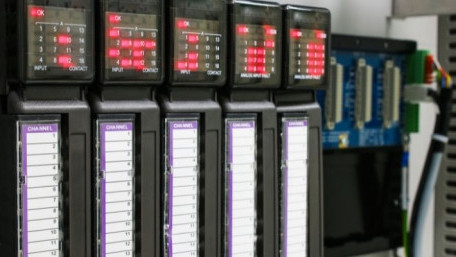
The timer is a fundamental function of ladder logic programming. In this article, we discuss on- and off-delay as well as retentive timers and define the inputs…
The timer is a fundamental function of ladder logic programming. In this article, we discuss on- and off-delay as well as retentive timers and define the inputs and outputs required to properly use them.
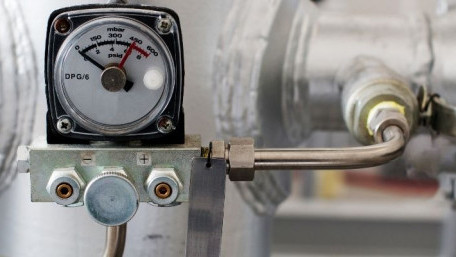
Scaling values has a wide range of applications and helps to match output values to their real-world applications. Most…
Scaling values has a wide range of applications and helps to match output values to their real-world applications. Most scaling is linear, but many of these real-world changes are not quite so simple.
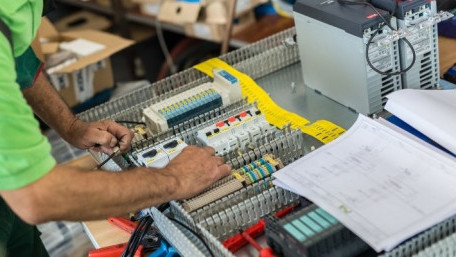
Power supplies tend to get a reputation as one of the most important power considerations of a DC control circuit - but…
Power supplies tend to get a reputation as one of the most important power considerations of a DC control circuit - but we can’t ignore other key players: power filters, converters, and backup power modules.
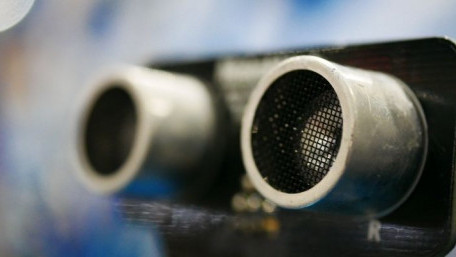
Hello acoustics, my old friend. I've come to monitor you again. Because a worn-out bearing softly creeping, slowly got…
Hello acoustics, my old friend. I've come to monitor you again. Because a worn-out bearing softly creeping, slowly got worse while I was sleeping. And the vibration that was planted in my brain still remains… Within the sound of Maintenance
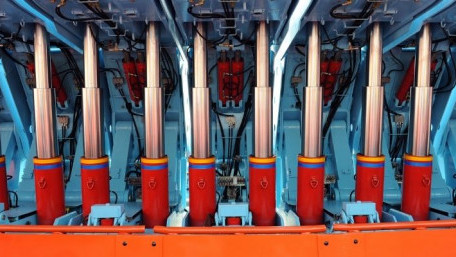
What if you could control the end position and the speed of a hydraulic actuator accurately with just a simple signal?…
What if you could control the end position and the speed of a hydraulic actuator accurately with just a simple signal? Some systems use simple open/close valves, but others require far more precision.

Even with the most reliable networks, network outages are inevitable for a host of reasons, and managing these outages in…
Even with the most reliable networks, network outages are inevitable for a host of reasons, and managing these outages in VFD systems becomes critically important.
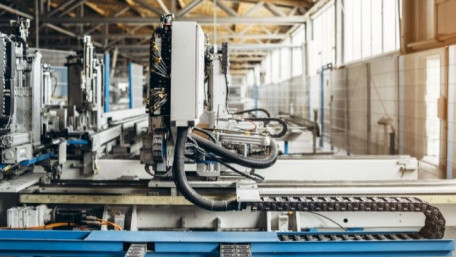
Allen Bradley’s Data Highway Plus (DH+) networking ability is still found commonly in interfaces with legacy equipment.…
Allen Bradley’s Data Highway Plus (DH+) networking ability is still found commonly in interfaces with legacy equipment. Understanding this network structure can bridge the gap between old and new systems.
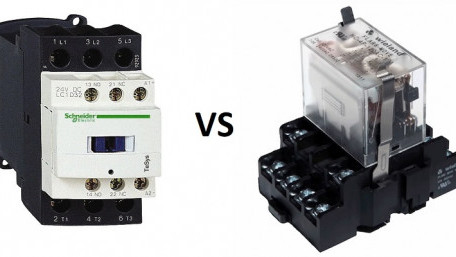
Although the are similarities in operating theory, relays and contactors are used in industrial circuits for different…
Although the are similarities in operating theory, relays and contactors are used in industrial circuits for different specific applications, and should not be used interchangeably.
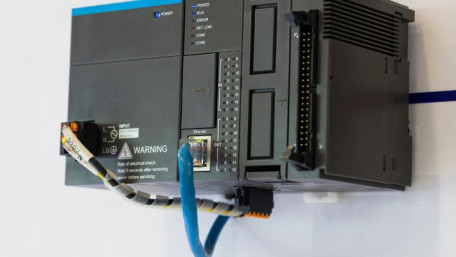
What’s the difference between a Cat 6 and a Cat 6a cable, anyhow? Ethernet cables must meet certain performance…
What’s the difference between a Cat 6 and a Cat 6a cable, anyhow? Ethernet cables must meet certain performance standards, and these standards can be quite confusing at first glance.
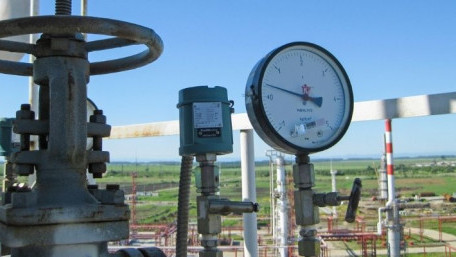
Hysteresis is a term introduced in basic control system courses and listed on sensor datasheets, but the terms is not…
Hysteresis is a term introduced in basic control system courses and listed on sensor datasheets, but the terms is not often understood, with error deriving from both the system itself as well as the sensor.
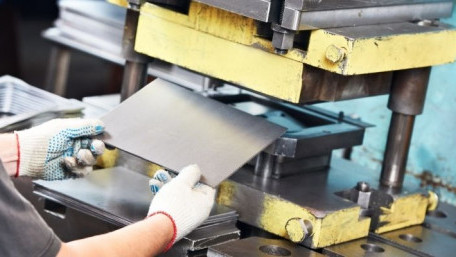
In honor of May the 4th, Star Wars Day, we compare the sources and applications of the two most common force-delivery…
In honor of May the 4th, Star Wars Day, we compare the sources and applications of the two most common force-delivery systems - mechanical and hydraulic.
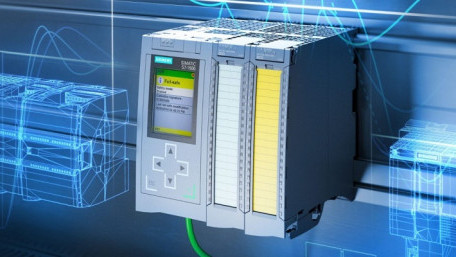
In this first of an upcoming series, we investigate Siemens as a major PLC manufacturer, learning about the hardware,…
In this first of an upcoming series, we investigate Siemens as a major PLC manufacturer, learning about the hardware, software, and key applications of each product lineup.
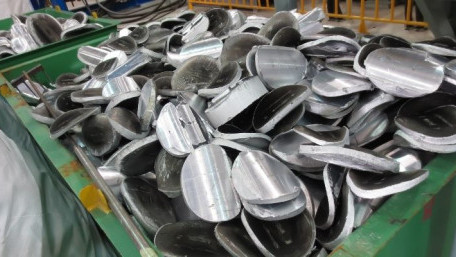
‘Reduce-reuse-recycle’ is a common slogan for promoting reduction of waste associated with end use of materials. But…
‘Reduce-reuse-recycle’ is a common slogan for promoting reduction of waste associated with end use of materials. But a circular economy model includes manufacturing processes and raw materials as well.
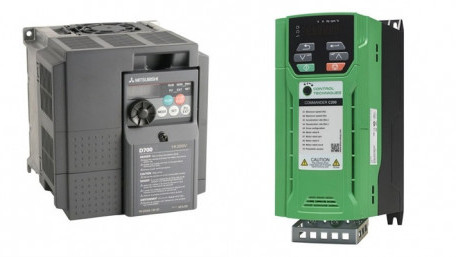
Two common methods exist for driving induction motors with VFDs - linear scalar control, which is often labeled as V/f,…
Two common methods exist for driving induction motors with VFDs - linear scalar control, which is often labeled as V/f, and vector, or field-oriented control, which can be a bit more complex to understand.
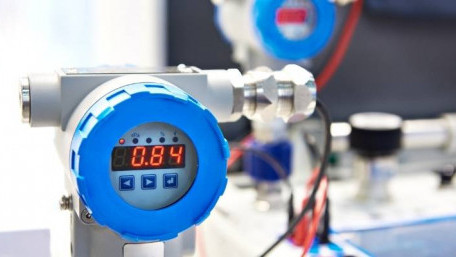
Using an ADC can be very useful when dealing with analog devices in microprocessors, and a necessity when adding analog…
Using an ADC can be very useful when dealing with analog devices in microprocessors, and a necessity when adding analog devices to an industrial controller. But once you connect the hardware - what next?
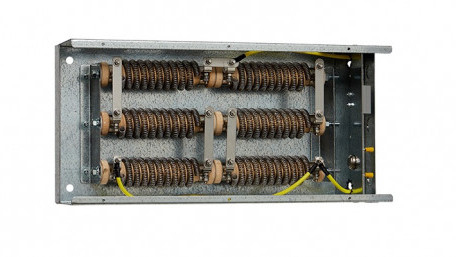
Large DC and AC motor drives often provide terminals for installing a braking resistor. What are these resistors, and how…
Large DC and AC motor drives often provide terminals for installing a braking resistor. What are these resistors, and how do they slow down a machine? What hazards and cautions must be considered?
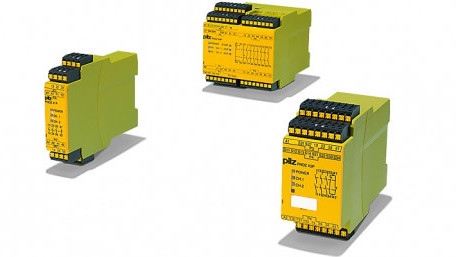
Redundancy and safety are often seen together in industrial safety systems. Safety relays monitor emergency devices to…
Redundancy and safety are often seen together in industrial safety systems. Safety relays monitor emergency devices to switch contacts based on status - but what makes them different from normal relays?
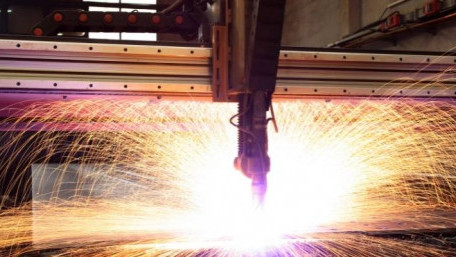
Linear sensors use electrical means to determine their position. Common linear position sensors are resistive, inductive,…
Linear sensors use electrical means to determine their position. Common linear position sensors are resistive, inductive, capacitive, and many rely on a property called magnetostriction.
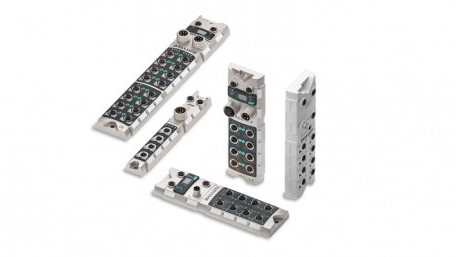
Advanced features such as programmable limits, diagnostics, and remote configuration are available with IO-Link devices.…
Advanced features such as programmable limits, diagnostics, and remote configuration are available with IO-Link devices. Learn how to connect an example IO-Link block into an actual PLC project.
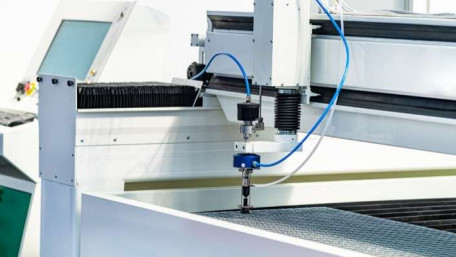
Linear position sensors are used in electrical and fluid-actuated motion devices. They allow extremely precise position,…
Linear position sensors are used in electrical and fluid-actuated motion devices. They allow extremely precise position, velocity, and acceleration control, and provide feedback to ensure product quality and tolerance compliance.
